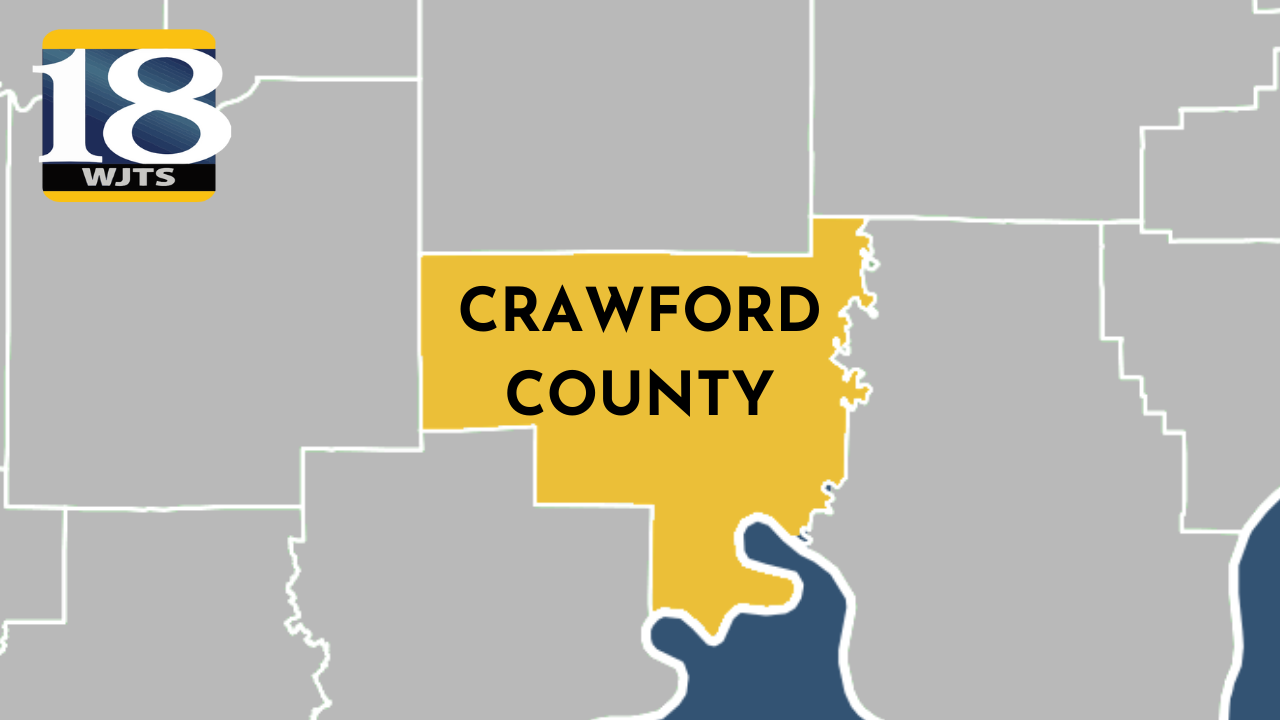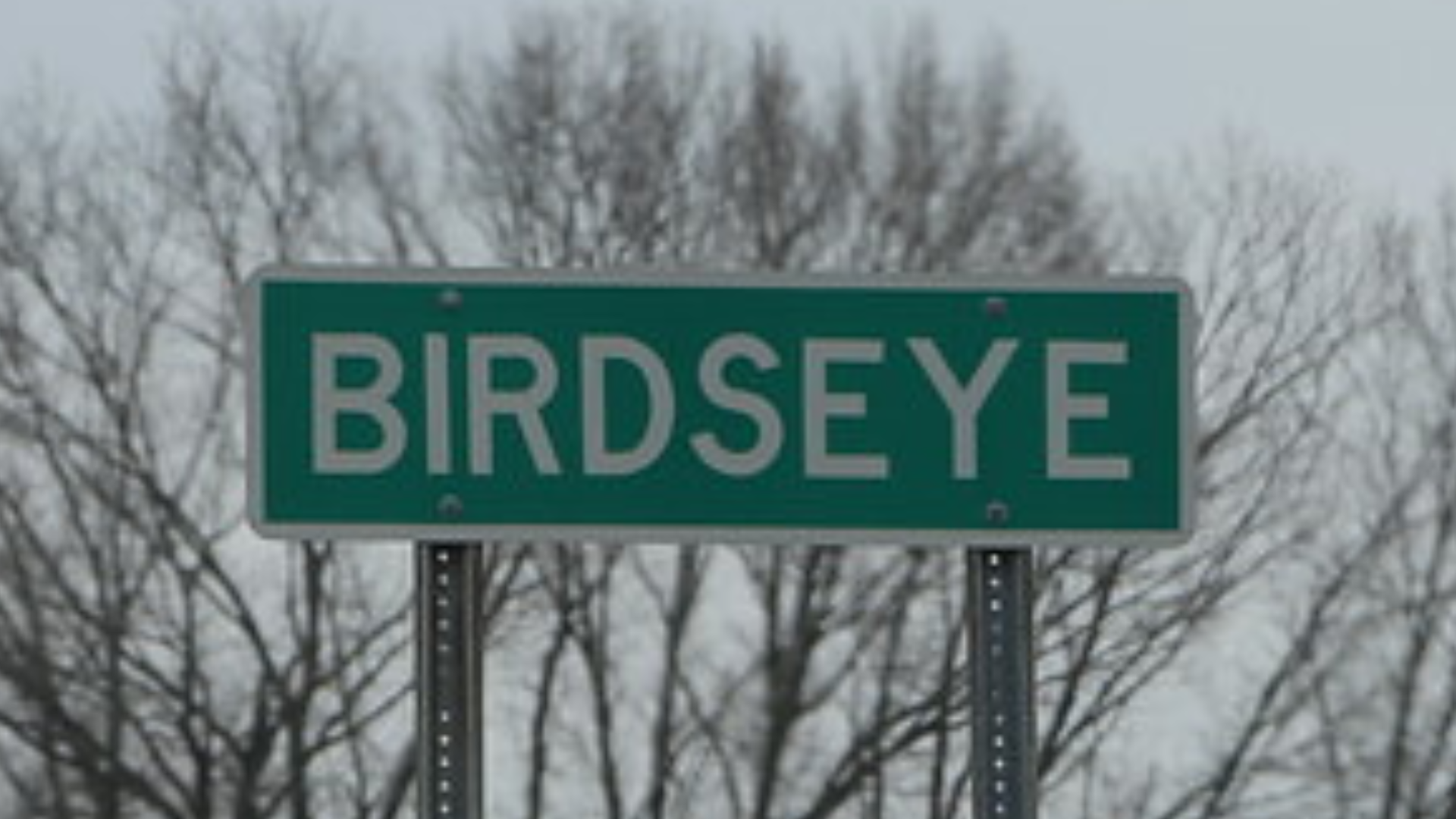
On August 22nd the Martin County Soil & Water Conservation District (SWCD) and the Daviess-Martin Cooperative Invasive Species Management Area (CISMA) hosted a Community Informational Session on Kudzu in Shoals. Local landowners on the north side of Shoals were invited to meet at a highly visible Kudzu infestation just off of US-50 at the Rox Rentals storage buildings.

Kudzu is a highly invasive vine sometimes called the “vine that ate the south,” where it can grow up to one foot per day. While not as widespread in Indiana, it is found in 44 Indiana counties, with most of the populations located in the southern part of the state. Kudzu was originally promoted for use as an ornamental plant, animal feed, and erosion control. In Shoals, the infestation is growing down a steep ravine, where it was likely originally planted for erosion control.
In efforts to prevent Kudzu from spreading in Indiana like it has in the south, about 20 years ago the DNR began mapping all populations in the state. This program is currently managed by Will Drews with the Indiana DNR Department of Entomology and Plant Pathology, who was a guest speaker at the event. According to Will Drews, they currently monitor about 220 sites across the state. Indiana classifies Kudzu as a prohibited species, making it illegal to plant, and requiring landowners take actions to control and prevent the spread of Kudzu. Because it is very difficult to control, the state also assists some landowners with Kudzu control efforts, including multiple other sites in Martin County.
Unfortunately, the DNR has not been able to treat the Shoals population due to a limited budget and the high cost of preventing bank erosion if the kudzu was removed. According to Will Drews, several years ago the DNR explored options to control the site, but the cost estimate for erosion control was so high it would have taken the program’s entire annual budget. Emily Finch, Invasive Species Specialist with the Maritn SWCD, reported that the SWCD had met with partners at the USDA Natural Resources Conservation Service (NRCS) office, to see if they could provide financial assistance to the landowner. However, since the site only covers about 1.5 acres, the amount NRCS could provide wouldn’t be nearly enough.
So instead, the DNR has continued to actively monitor the Shoals site, with the goal of containing it. Kudzu rarely produces seed in Indiana, but it can spread vegetatively from stem or root fragments moved accidentally from mowing or soil disturbance. Whenever a satellite population shows up, such as a recent site at the bottom of the hill, the DNR works quickly to control it.
The rest of the event included details on how local landowners can identify and control Kudzu if starts to spread onto their property. The hour-long presentation was recorded, and is available to view on YouTube at https://youtu.be/NDswJq0Pl5E. Local residents are encouraged to report any new sitings of Kudzu to Will Drews at wdrews@dnr.in.gov or 812-380-0798. The SWCD also provides free invasive species site visits, technical assistance, and the use of several hand tools for those looking to control Kudzu or other invasives themselves. To borrow any of the tools, or set up a site visit, contact Emily Finch at Emily.Finch@in.nacdnet.net or 812-329-0048.





You must be logged in to post a comment.